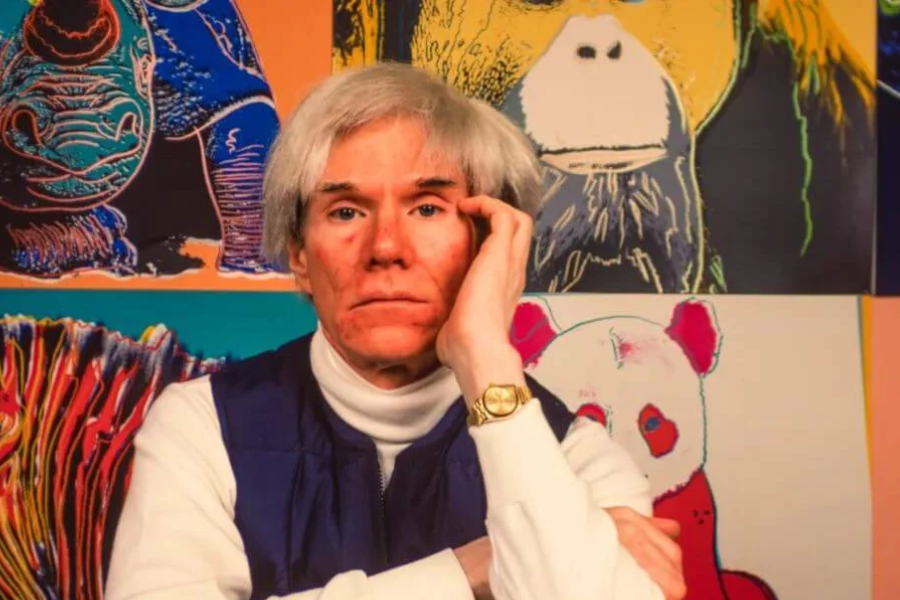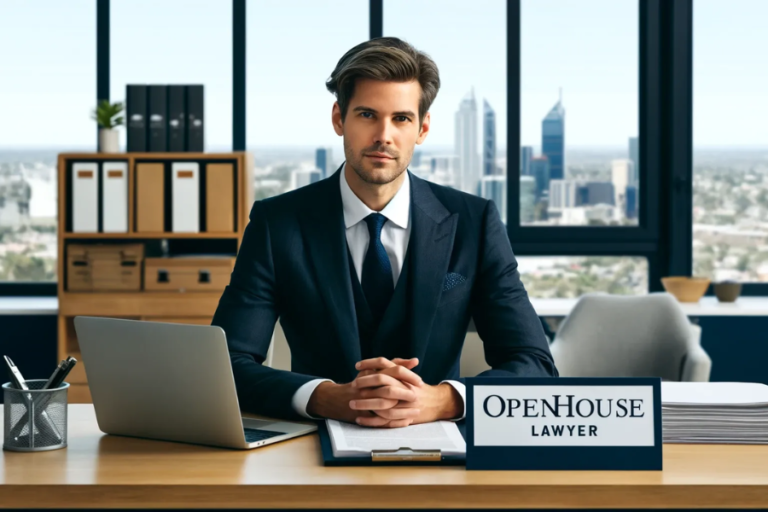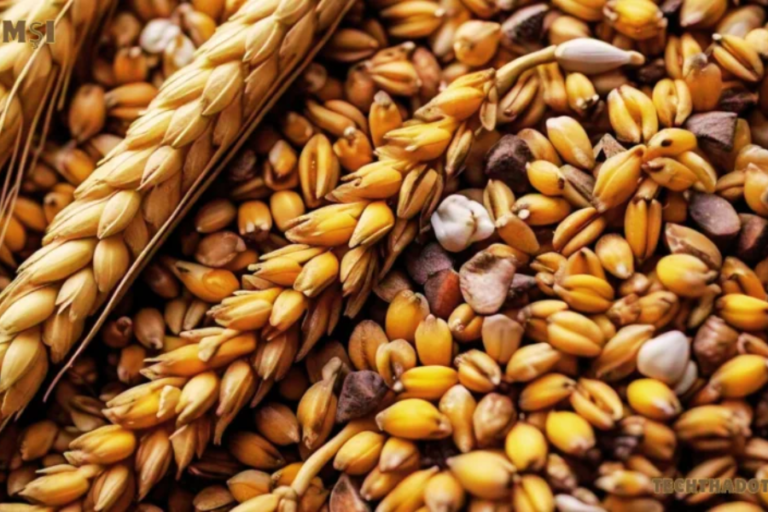Andywarhella: Merging Classical Art with AI Innovation
Introduction to Andywarhella
The concept of “Andywarhella” is a creative blend of Andy Warhol’s iconic pop art style and the rebellious nature of guerrilla art, representing the intersection where classical art meets modern artificial intelligence. Named in homage to Warhol, a figure who revolutionized contemporary art, Andywarhella captures the essence of traditional art’s resurgence through the lens of AI. As artificial intelligence continues to evolve, it’s transforming not just how we experience art but also the role of artists in a world where machines can now replicate and innovate artistic forms. This emerging trend paves the way for new artistic possibilities while honoring timeless masterpieces.
The Convergence of Classical Art and Artificial Intelligence
Bridging Art with AI
The fusion of fine art and artificial intelligence demonstrates how advanced technology can reinvent traditional artistic processes. Andywarhella epitomizes this merger, utilizing AI, machine learning, and neural networks to analyze and emulate various artistic styles and genres from different eras. Once limited to merely replicating the styles of great masters like Van Gogh, Picasso, or Michelangelo, AI now possesses the capability to interpret and recreate these styles in innovative ways, adding a modern twist to classical techniques.
Reviving Art Through AI
Central to this innovation is the training of neural networks with extensive datasets of classical artworks. These datasets include details like color palettes, brush strokes, and compositional elements, enabling AI to generate art that closely resembles the works of history’s greatest artists. This process not only preserves the essence of traditional art but also helps broaden public appreciation and understanding of these artistic legacies. Furthermore, it offers contemporary artists enhanced visibility and new avenues for creative expression.
Pioneering Projects and Influential Figures
Timeless Art Reinvented by AI
In the realm of AI-driven classical art, several notable projects and individuals stand out. One of the most prominent is DeepArt, a platform that allows users to transform their photographs into images inspired by the styles of masters like Van Gogh, Picasso, and Kandinsky. Using neural networks, DeepArt captures the intricate styles of these artists, giving traditional art a fresh, contemporary appeal. Such projects illustrate how AI can bridge the historical and futuristic aspects of art.
Surreal Creations from Neural Networks
Google’s DeepDream is another groundbreaking AI project that blends the surreal with the classical. Originally designed to visualize how neural networks interpret images, DeepDream now produces artwork that transforms ordinary visuals into dream-like, almost psychedelic renditions. By applying these techniques to classical art forms, creators offer new, complex interpretations that challenge traditional perceptions and redefine the boundaries of contemporary art.
Art in the Digital Age
The landscape of AI-driven art is shaped by tech giants like Google and independent digital artists exploring AI’s potential in artistic creation. Notable among them is Mario Klingemann, a pioneer in the field of AI art who uses machine learning to expand the horizons of human creativity. Klingemann’s work often probes deep questions about how we generate data, preserve cultural memory, and perceive art in our increasingly digital world.
The Transformative Power of Art and AI
The ongoing development of Andywarhella reflects a broader shift in the art world, where the integration of traditional and digital techniques signifies more than a passing trend. This convergence signals a transformative change in how art is created, consumed, and valued, opening doors to future artworks that are as innovative as they are rooted in cultural heritage. The initiatives and personalities leading this charge demonstrate how AI not only revitalizes classical art but also helps evolve it in ways that resonate with contemporary audiences.
Facts :
- Andywarhella is a concept that merges the styles of Andy Warhol’s pop art with the rebellious nature of guerrilla art, through the use of artificial intelligence.
- AI technologies, such as neural networks and machine learning, are utilized to analyze and recreate artistic styles from various historical periods.
- Projects like DeepArt and Google’s DeepDream are leading examples of AI-driven art, transforming photographs and visuals into styles inspired by classical and surreal art.
- AI art initiatives often involve training neural networks on extensive datasets of classical artworks, capturing details like brush strokes, color palettes, and compositional elements.
- Mario Klingemann is a notable figure in the AI art community, using machine learning to explore the intersections of human creativity and digital art.
- The rise of AI in art represents a transformative shift in how art is created, experienced, and valued, bridging the gap between traditional and contemporary artistic practices.
Summary :
The article “Andywarhella: Merging Classical Art with AI Innovation” explores the intersection of classical art and modern artificial intelligence, highlighting how AI technologies are revolutionizing traditional artistic forms. Named after Andy Warhol, “Andywarhella” combines Warhol’s pop art style with the disruptive nature of guerrilla art, offering a fresh perspective on how AI can both honor and transform classical art.
The piece discusses how AI, particularly through neural networks and machine learning, can analyze and emulate the styles of renowned artists like Van Gogh, Picasso, and Michelangelo. This technological capability allows AI to not only replicate but also reinterpret these classic styles, offering new, innovative renditions that retain the essence of traditional art while adding a contemporary twist.
Key projects such as DeepArt and Google’s DeepDream are highlighted as pioneers in AI-driven art. These platforms use AI to create unique artworks by transforming ordinary images into pieces inspired by classical and surreal styles. Influential figures like Mario Klingemann are also noted for their contributions to the AI art movement, pushing the boundaries of human creativity and redefining how art is perceived in the digital age.
Overall, the article emphasizes that the fusion of AI and classical art, as exemplified by Andywarhella, represents a significant shift in the art world, blending the old with the new and opening up innovative avenues for artistic expression.
FAQs :
- What is Andywarhella?
- Andywarhella is a concept that combines Andy Warhol’s pop art style with the disruptive nature of guerrilla art, using artificial intelligence to merge classical art with modern technology.
- How does AI merge with classical art in Andywarhella?
- AI merges with classical art by using neural networks and machine learning to analyze, emulate, and reinterpret traditional artistic styles, adding contemporary twists to classical techniques.
- What are some notable AI-driven art projects mentioned in the article?
- The article highlights DeepArt, a platform that transforms photographs into images inspired by classical artists, and Google’s DeepDream, which creates surreal, dream-like interpretations of visuals.
- Who is Mario Klingemann, and why is he important in AI art?
- Mario Klingemann is a pioneer in the field of AI art, known for using machine learning to explore human creativity and the digital transformation of art.
- How does AI contribute to the preservation and appreciation of classical art?
- AI helps preserve and broaden appreciation for classical art by recreating and innovating on traditional styles, making them accessible and engaging for contemporary audiences.
- What impact does AI have on the role of artists?
- AI is transforming the role of artists by providing new tools for creation, challenging traditional artistic processes, and enabling new forms of expression that merge human creativity with machine capabilities.
- What is the significance of merging traditional art with AI?
- Merging traditional art with AI signifies a transformative shift in the art world, blending historical artistic practices with advanced technology to create innovative artworks that resonate with modern viewers.







